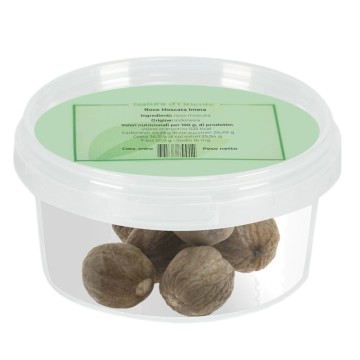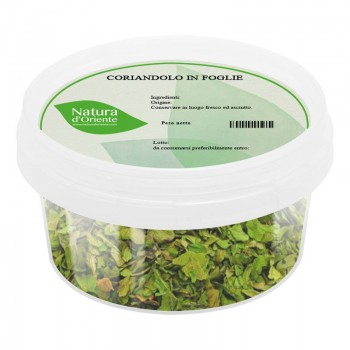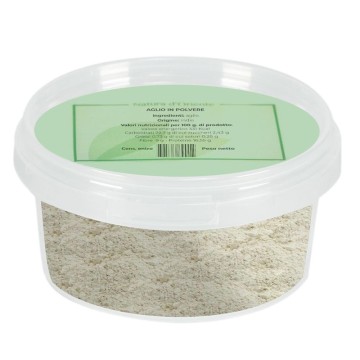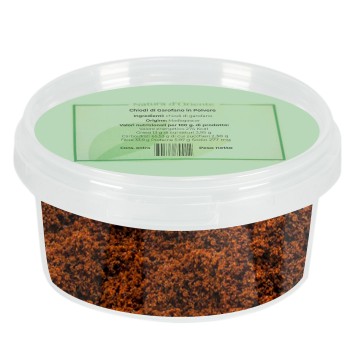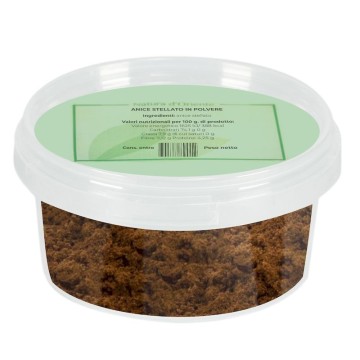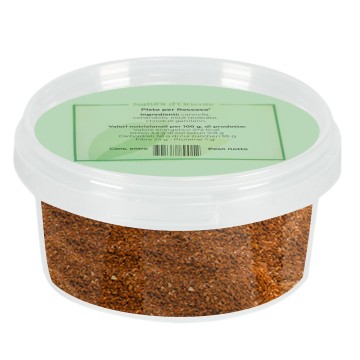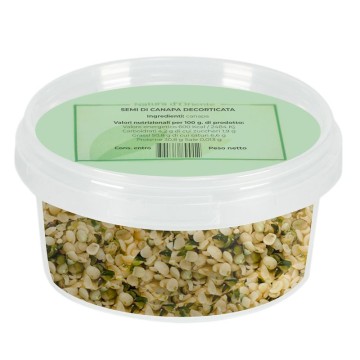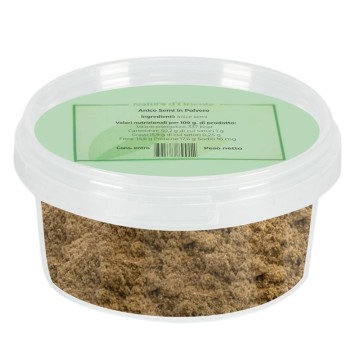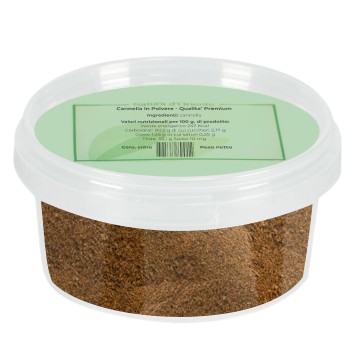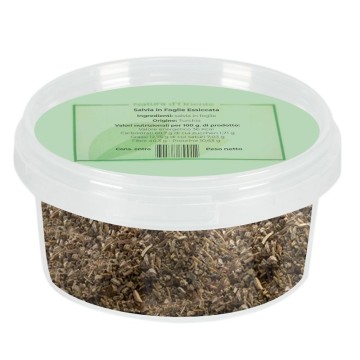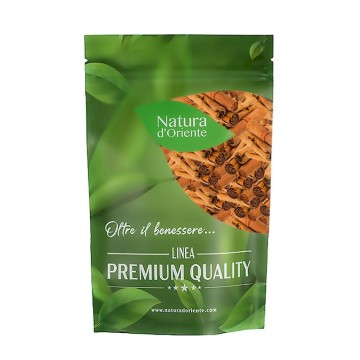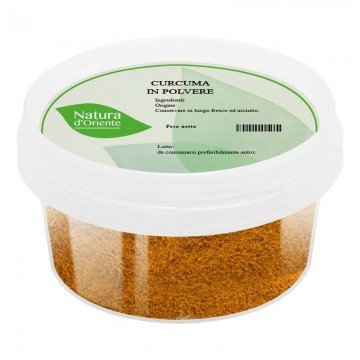As an aromatic spice, coriander is commonly used to flavor many different international cuisine dishes, and its use is increasingly spreading in Italy too. Whole dried coriander seeds give dishes and sauces an intense aroma that evokes lemon and orange peels, combined with notes of sage. The typical taste on the palate becomes between citrus and sweet, slightly pungent. They appear in their spherical shape, similar to peppercorns, and although they are called seeds, they are actually the fruits of the coriander plant.
Coriander seeds: properties and benefits
Coriander contains phytochemicals that promote digestive activities, mainly, and its extracts can be antioxidants. The digestive function of coriander is known in the herbal tradition, useful for promoting and maintaining gastrointestinal regularity. It helps reduce symptoms such as post-lunch bloating due to excess gas in the abdomen and intestines. The essential oils contained in coriander seeds can contribute to the secretion of enzymes and digestive juices of the stomach: they stimulate the assimilation of food and the correct movements of the digestive tract. Components such as linalool, limonene and cineole can promote the transit of food with useful purposes for relieving gastric disorders, diarrhea and nausea. A coriander herbal tea can facilitate the elimination of abdominal and intestinal gas, avoiding flatulence and bloating.
Coriander is rich in antioxidant compounds such as terpinene, quercetin and tocopherols, useful for protecting our cells from the damage that can be caused by free radicals. Furthermore, coriander can act on carbohydrate metabolism, activating certain enzymes that help regulate the correct assimilation and absorption of sugars. The entire process also promotes regulation of blood sugar levels. For this reason, people with low blood sugar should use cilantro with caution. Pregnant women are also advised to be careful when taking coriander herbal teas. Another known virtue of coriander is that it helps purify the body through diuresis - it facilitates the expulsion of toxins to obtain a detox result.
Coriander seeds can be a good source of essential oils and acids with beneficial properties, including vitamin C (ascorbic acid). They contain various minerals including iron, magnesium, manganese, copper.
Using coriander seeds in cooking
Dried seeds are highly prized for their delicate and refreshing scent for many recipes, reminiscent of dill, cumin and fennel. They give a sweet and citrus flavor at the right point, with earthy notes (less pungent than the leaves). Coriander is widely used in Asian, Indian and Middle Eastern cuisine, where it is often combined with other spices. This version of coriander seeds is perfect in the kitchen, and is often combined with other spices for different recipes. The wide application includes the use of the seeds as a garnish and decoration or as a condiment.
The version of coriander seeds allows for roasting in a pan (dry) or grinding on the spot, according to recipes. The heat is useful for extracting the volatile oils responsible for the flavor of the seeds, and makes the taste slightly more pungent. The seeds ground shortly before adding to the recipe ensure that the volatile oils and their pungent note are not lost. Another option used in international cuisine is to fry the seeds in oil, so that their flavor diffuses into the oil itself – which becomes the basis of the recipe.
Savory recipes: coriander seeds can flavor soups, broths and rice-based dishes. Freshly ground, the seeds give a particular taste with legumes, in lentil and chickpea soups, and a fresh citrus note on grilled, baked or boiled vegetables (in particular courgettes and cabbage). A handful of cilantro can flavor mushrooms, egg dishes and omelettes. Used for sandwich fillings and vegetable meatball dough, it gives an intense touch to cheese such as feta.
Baked products: freshly ground seeds are also used for biscuits, bread, focaccias, breadsticks. Coriander is also used on cakes and desserts – it is typical in some English recipes.
International cuisine: seeds are added in exotic Indian dishes; Coriander chutney is used a lot, both with curry and by adding it to yogurt, to obtain a sauce. They are ground and used in Middle Eastern felafel and couscous, as well as in Mexican recipes such as tacos and white bean chili.i (along with chilli).
Meat: coriander seeds give a lively and special flavor to meat and fish dishes. Excellent addition to baked recipes and shellfish, it adds flavor to game and stews. The seeds are used in the preparation of meatballs or burgers, to create marinades and barbecue rubs. Added to other spices, coriander enhances the flavor of white meats such as lamb, chicken and pork. Flavors cured meats and sausages filled with meat.
Sauces: it is an excellent spice for fresh tomato sauces, and mixes well with garlic and lemon juice to obtain sauces and marinades. The flavor of coriander seeds is popular in Mexican and South American dips such as guacamole, chimichurri, and ranchera sauce for eggs.
Drinks: coriander seeds are used in the preparation of digestive liqueurs, and in some recipes coriander flavors beer and wine,
Mixtures: coriander powder is part of garam masala or curry in Indian cuisine. It pairs well with cumin, cloves, garlic and chili pepper, aromatic herbs such as rosemary and thyme.
Infusion: 2 g of coriander seeds are usually used (approximately 1 teaspoon), to infuse for 5-7 minutes in a cup of boiling water (around 100 °C). Coriander is used in digestive infusions, also in combination with fennel and anise.
Drinks: in some recipes coriander flavors beer and wine and is used for the preparation of digestive liqueurs.
Mixtures: Coriander is part of garam masala or curry in Indian cuisine. It goes well with cloves, cumin, garlic and chilli pepper, in mixes of aromatic herbs, rosemary and thyme.
Coriander must be dosed with caution, given that as an aromatic spice it can cover the aromas and flavors of the dishes being cooked. To add coriander seeds to the dish with light notes, even just ½ teaspoon is enough.
Marinated lamb chops Ingredients For the marinade: 1 cup Apple juice - 1/4 cup Lime juice - 1/4 of a cup of extra virgin olive oil - 1 tablespoon of coriander seeds - 3 cloves of peeled garlic - 10 mint leaves - 1 tablespoon of fine salt - 1 teaspoon of black peppercorns 1 teaspoon of white peppercorns for the garnish : 3 heads of Belgian endive - 2 pre-cooked corn on the cob - 2 red onions from Tropea For the parsley oil: 100 g of chopped parsley – 250 ml extra virgin olive oil
Preparation Start the marinating the rack of lamb. Take a plastic food bag with a zip closure and insert the meat, the apple juice, the lime juice, the mint leaves torn into pieces with your hands, the mignonette (i.e. the coarsely crushed black and white peppercorns) , the coriander seeds crushed in a mortar, the crushed garlic, and the salt. Once the operation is complete, close the zip and shake the contents to create a minimal emulsion of the contents. Place in the fridge for at least 1 hour. Preheat the barbecue to maximum temperature, in the meantime cut the endive lengthwise and the onions into rings. The cobs should be cooked whole and then shelled at the end. Once the vegetables have been prepared, melt a spoonful of butter which you will use to brush the vegetables. Grill the vegetables for a few seconds at high heat, to keep their structure almost unchanged and flavor using the grill lines.
In the meantime, prepare the parsley oil by chopping a nice tuft, taking care to leave the stems too. Put the parsley in the mortar adding some oil; crush the ingredients together with a handful of coarse salt. Finally, filter everything without pressing, to prevent the oil from remaining opaque. When it's time to cook the meat, carefully clean the lamb from the marinade and dry the surface of the meat with a paper towel.
Brush with a thin layer of vegetable oil and grill over high heat. Remember that due to the sugars present in the apple juice being absorbed by the meat, the latter will tend to crust very quickly and tend to burn. When the surface is well cauterized, remove from the heat and wrap the meat in a triple layer of aluminum which you will place on the barbecue but away from the heat source. If your barbecue has a lid, remember to keep it closed. Let it cook for about 20 minutes, remove from the heat and leave the wrapped meat to rest for at least 10 minutes.
Remove the meat from the foil, slice the ribs and place 3 per guest on the plate, together with the grilled vegetables and shelled corn on the cob. Sprinkle with the parsley oil and add a little of the cooking liquid that you recover from the aluminum foil. Sprinkle again with mineral salt and serve the lamb piping hot.
Origins and history of cultivation
Coriander, known as Dhaniya in the Indian subcontinent, has the scientific name Coriandrum sativum. It is an annual herbaceous plant of the Apiaceae (or Umbelliferae) family, related to parsley, carrots and celery. It is native to the regions of Mediterranean and Middle East, and evidence of the use of coriander dates back to around 5000 BC.
It was used both as an aromatic herb and as a carminative spice, and the ancient Romans already used it to flavor bread and as a pain reliever. of head (According to Pliny the Elder, placing some coriander seeds under the pillow at dawn).
Today the coriander plant is widely cultivated in many areas of the world for its edible parts coriander, are used to flavor food, while the leaves are used in Indian, Chinese and Latin American cuisine (called cilantro). The plant, also known as Chinese parsley, is approximately 30 to 60 cm tall and has fragrant leaves and small flowers. pink or whitish and a small round fruit or seed.
A curiosity? Various stories from the Renaissance era are linked to coriander, a period in which coriander seeds were transformed into small sugared almonds, candied with sugar syrup. They were thrown during popular festivals or on special occasions, and over time the seeds were replaced with pieces of colored paper: thus carnival confetti was born.

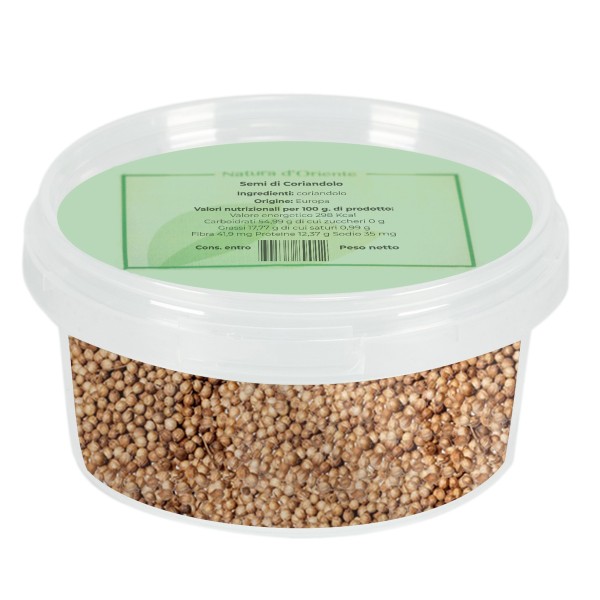







 No reward points for this product.
No reward points for this product.

